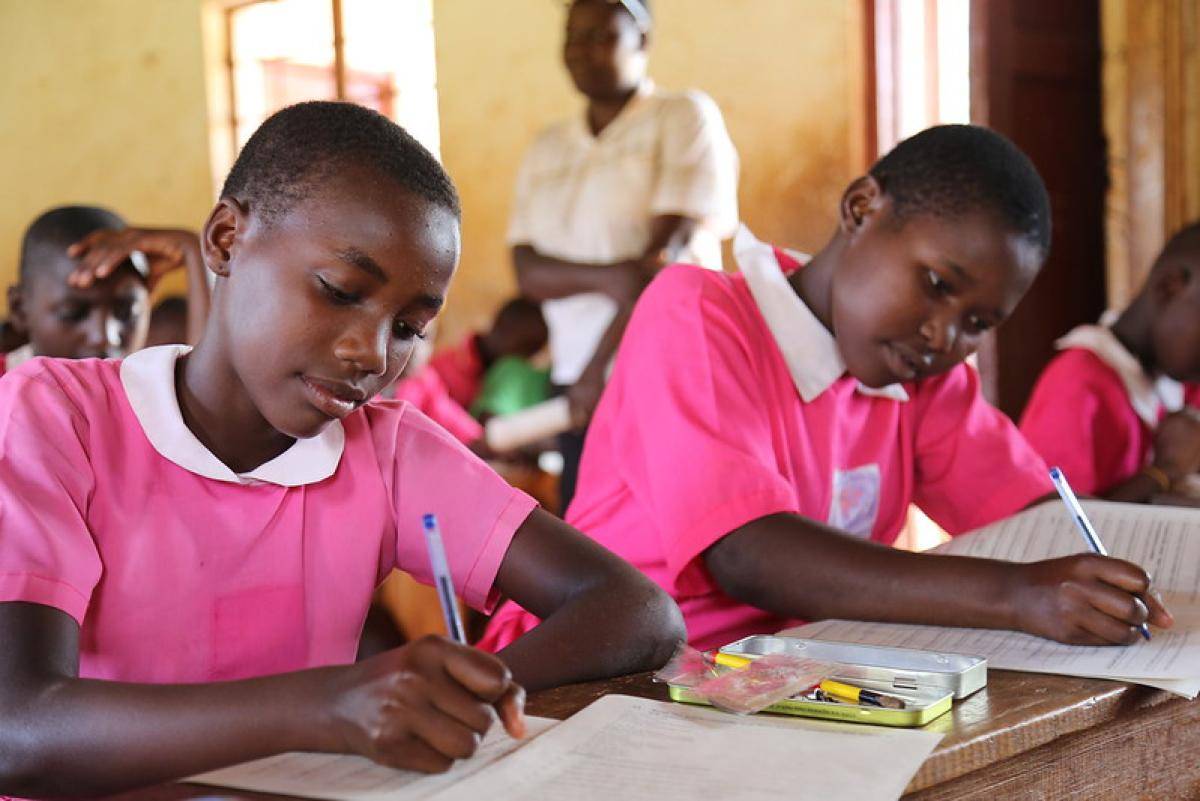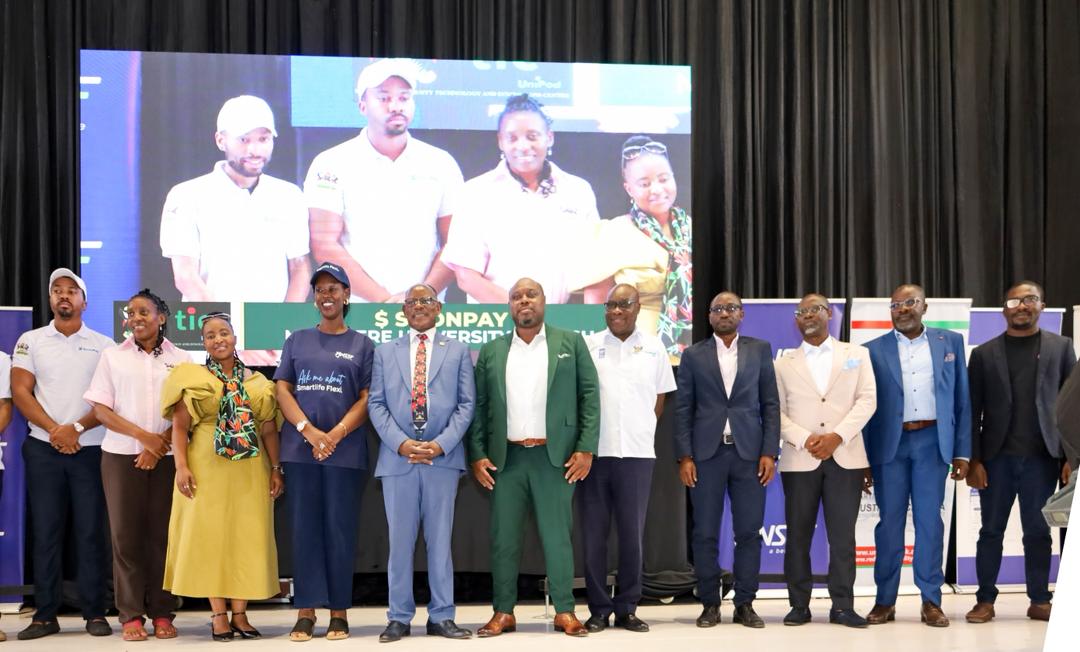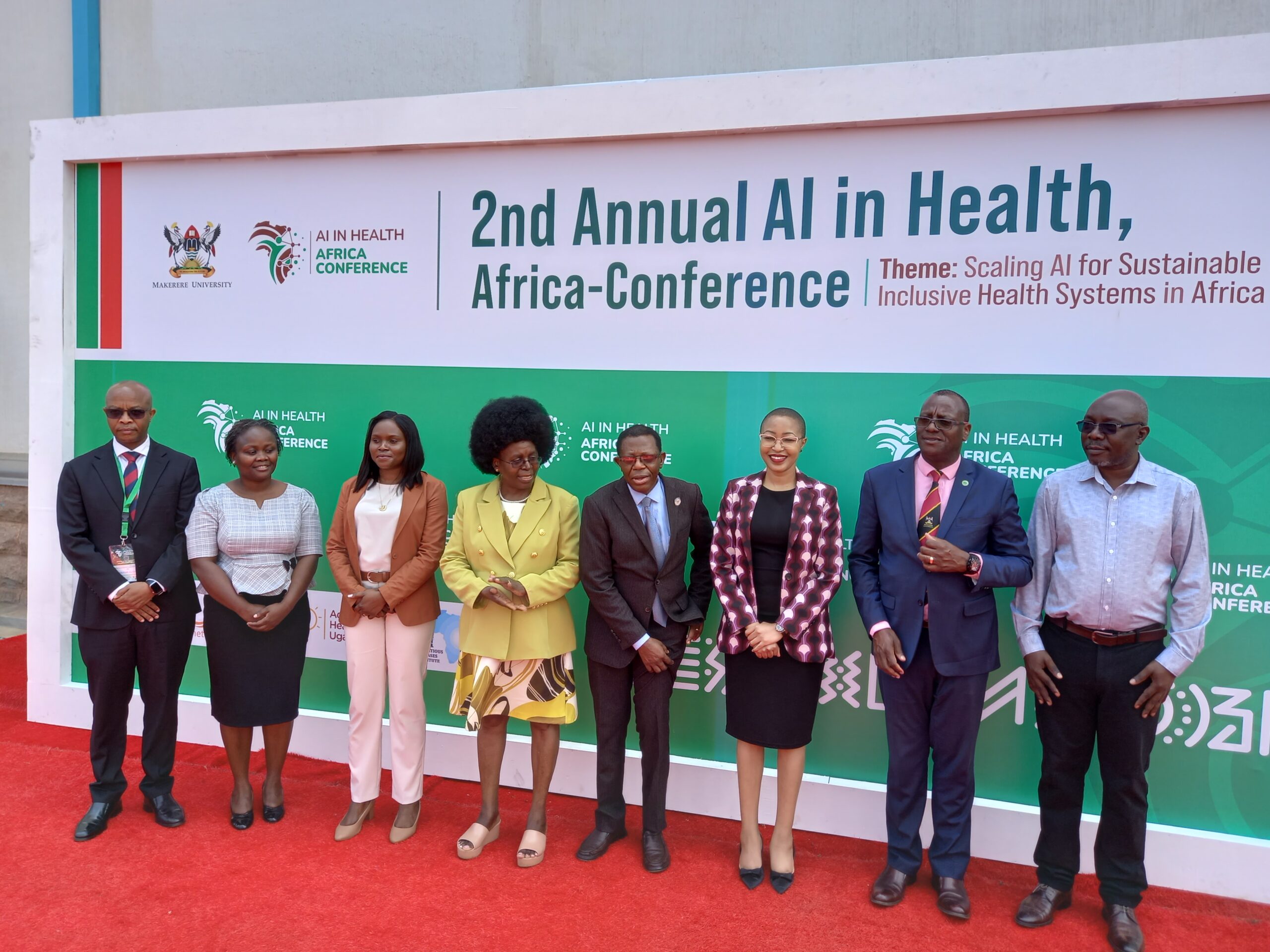The Ministry of Education and Sports faces significant challenges in implementing its planned activities for the 2025/26 financial year, despite the allocation of Shs 5.04 trillion.
According to the 2025/26 ministerial statement, the funding aims to support key initiatives like Universal Primary Education (UPE), Universal Secondary Education (USE), the Higher Education Students’ Loan Scheme, construction of seed secondary schools, digital school inspections, teacher recruitment, and the operationalization of Bunyoro and Busoga universities, concerns persist about its adequacy.
The Shs 5.04 trillion allocation represents only 6.97% of the projected Shs 72.376 trillion national budget, a decrease from the Shs 5.85 trillion (8%) allocated in 2024/25.
This reduction, experts say, is alarming given the sector’s growing needs, including teacher welfare, infrastructure deficits (Investigations by Bbeg Media highlight that most districts require additional seed primary or secondary schools, and existing ones often remain non-operational due to inadequate facilities).
Other challenges are teacher deployment because some teachers are reluctant to work in rural areas due to poor facilities, impacting education quality in upcountry regions.
There are resource shortages and the textbook-to-student ratio stands at 1:15, far from the targeted 1:3. Additional needs include desks, research support, student safety measures, and addressing gender disparities.
Parliamentary documents indicate a funding gap of approximately Shs 1.2 trillion to meet operational and staffing needs. Posts on X also suggest that over Shs 1.48 trillion is required to provide free education at primary and secondary levels, further highlighting the shortfall.
Education experts, such as Gonzaga Kaswarra and Professor Anthony Mugagga, have criticized the budget reduction, noting that Uganda’s education spending (2.7% of GDP in 2021) falls below the recommended 4% minimum and significantly short of the 20% benchmark for achieving global education standards.
This underinvestment threatens long-term human capital development, with ripple effects on national security, health, and gender equality.
Sports Sector Funding Challenges
The sports subsector, allocated Shs 508 billion, faces similar constraints. This funding is primarily directed toward infrastructure development for the 2025 CHAN Championship and 2027 AFCON, including the construction of Hoima and Akii Bua stadia, upgrades to Mandela National Stadium, and the National High-Altitude Training Centre in Teryet.
However, the National Council of Sports has requested an additional Shs 379 billion for AFCON preparations and Shs 5.3 billion for the Uganda Cranes, indicating a significant funding gap.
The current allocation is insufficient to support national team activities for football, netball, boxing, athletics, and other sports, including international travel and training.
Sports Development: Activities like chess, badminton, squash, and the Olympics require support to foster talent and improve Uganda’s international rankings.
Facility Maintenance: Maintaining major stadia like Namboole Mandela and Akii Bua adds to the financial strain.







